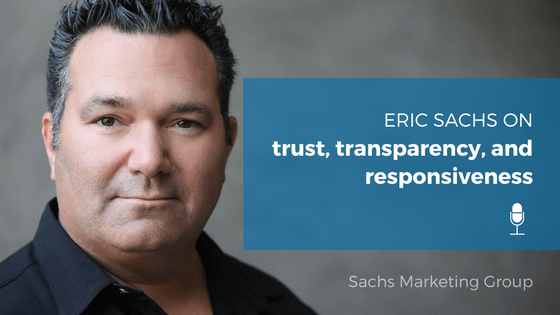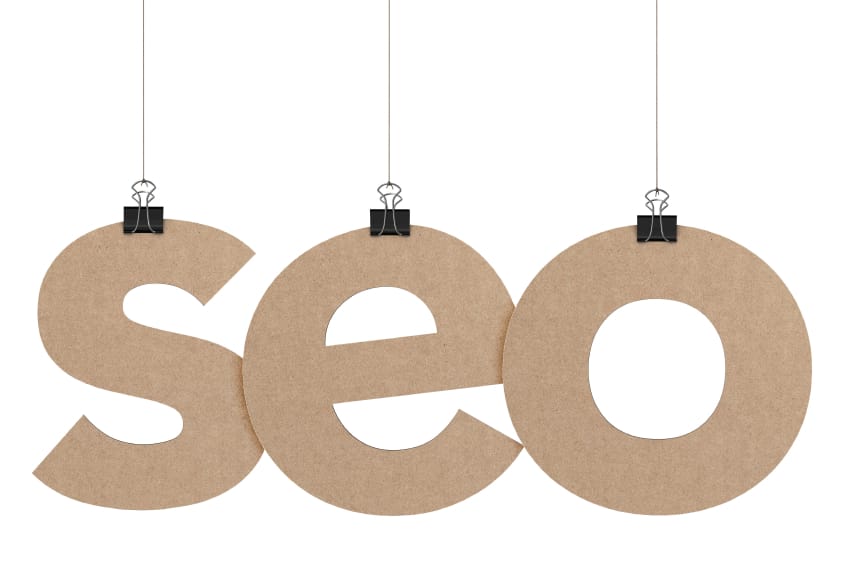Digital Marketing
Explore our library of digital marketing articles and discover the digital marketing tips you need to boost your digital visibility.
Eric Sachs on EntHead
Eric Sachs joined host Matthew Gonzalez on EntHead to discuss building your client base with digital marketing, and the importance of trust and transparency. In this 28-minute episode, Eric and Matthew discuss: Conversion optimization How to strengthen your reputation with transparency and digital presence The importance of looking ahead and adapting as fast as your industry…
Google AMP: What It Means For You
The Accelerated Mobile Pages, or Google AMP, is an open-source project designed to increase the speed at which pages load on mobile devices. Launched in February 2016, studies show websites that implement the AMP technology load anywhere between 15% to 85% faster than the same non-AMP version. Many publishers, including BBC and BuzzFeed are…
Why Should You Work With An SEO Agency?
When it comes to determining and implementing an SEO strategy for your business, many aspects will likely come into play. The main decision you will first need to make is whether you will manage your SEO campaign in-house or contract out to an SEO agency. For most small or new businesses, cost will be a driving…
What Does The Mobile-Friendly Algorithm Mean For My Site?
You may have heard by now that Google is rolling out a new update to its algorithm on April 21st – one that will place more emphasis on what Google defines as “mobile-friendly” websites. A report released last year attributed up to 60% of overall search to mobile devices, and Google’s change will reflect this…
Mobile Design and SEO
In 2014, mobile exceeded PC internet usage. While the majority of users’ time was spent on apps, mobile Internet usage made up 28 percent of total worldwide web traffic. Search engines are the most popular sites with 77 percent of mobile users accessing them, ahead of social networking, retail and video sharing sites. Having a…
Are search engines being fair to e-commerce websites?
Curated content There is a very unique consideration specific to e-commerce websites that could dramatically impact their ability to rank well in search engine result pages: Curated Content. Lets say you have an e-commerce website and you sell a particular line of clothing as an authorized re-seller. The clothing manufacturer will almost always provide you…
Ranking Reports Dead?
Are ranking reports the “gold standard” for tracking the progress of an SEO campaign? We think NOT. There are a TON of outside influences that impact rankings when you (or someone else) searches for your website on Google: If you have been to your website before, your website will show higher in the search engine…
Keyword Research for SEO
The first step in any comprehensive SEO campaign is good, thorough keyword research. You need to identify specific keywords for your industry. At Sachs Marketing Group we evaluate keywords using several different metrics: How many times is that keyword searched locally and globally? Of the number of times that keyword was searched, how many people…
High PR Paid Links
Recently, Google has been on a HUGE push to “level the playing field” in terms of SEO and organic search rankings. Google wants to rank each webpage/website on it’s merit exclusively. In keeping with this mission, they have penalized websites that have paid backlinks pointing to them. The thinking was (is) that they do not want “site A”…
Do Exit Pops Hurt SEO?
The question has come up, more than a few times: Do exit pops hurt SEO efforts? As far as we know, there are basically two different types of exit pops: 1. Javascript exit pops that trigger when a visitor closes a window or tab. The Java traps the window and prevents the visitor from going…
- « Previous
- 1
- …
- 6
- 7
- 8
















